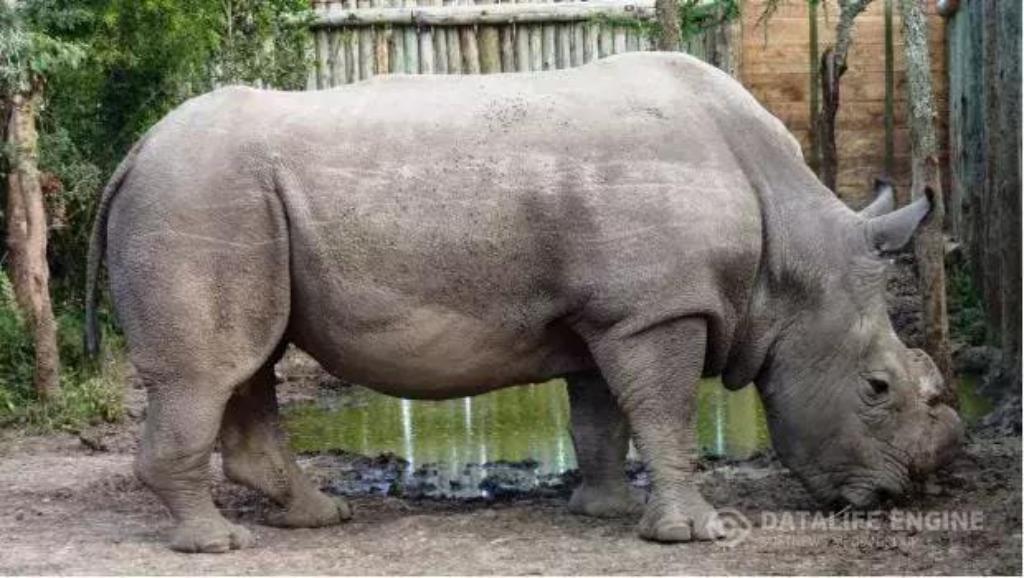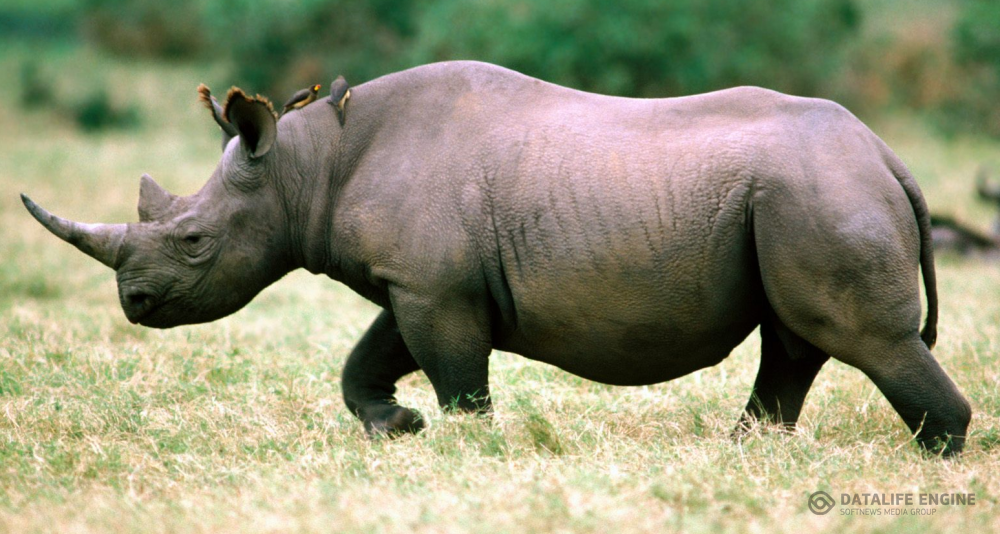A rhinoceros signifying “nose horn” frequently abridged to rhino, is one of any five surviving types of odd-toed ungulates in the family Rhinocerotidae, and additionally any of the various wiped out species. Two of these surviving species are local to Africa and three to Southern Asia.
1. Members of the rhinoceros family are portrayed by their extensive size they are a portion of the biggest residual megafauna, with the greater part of the species ready to achieve one ton or more in weight; and additionally by a herbivorous eating routine; a thick defensive skin, 1.5–5 cm thick, shaped from layers of collagen situated in a cross section structure; generally little brains for well evolved creatures this size (400–600 g); and a substantial horn.
2. Rhinos commonly eat green material, despite the fact that their capacity to ferment food substance in their hindgut permits them to subsist on more sinewy plant matter, if vital. Not at all like different perissodactyls, do the two African types of rhinoceros not have teeth at the front of their mouths, depending rather on their lips to cull food substance.
3. Rhinoceros are killed by people for their horns, which are purchased and sold on the black market, and which are utilized by a few societies for fancy or customary medicine purposes. East Asia, particularly Vietnam, is the biggest market for rhino horns.
4. By weight, rhino horns cost as much as gold in the black market. Individuals crush the horns and afterward expand them trusting the pieces has healing properties.
5. Their horns are made of keratin, a similar sort of protein that is present in the hair and fingernails.
6. Both African species and the Sumatran rhinoceros have two horns, while the Indian and Javan rhinoceros have just a horn.

7. Adult rhinoceros have no genuine predators in the wild, other than people. Youthful rhinos do however fall prey to enormous cats, hyenas, wild dogs, and crocodiles.
8. Although rhinos are substantial and have notoriety for being intense, they are effortlessly poached; they visit water openings day by day and can be effectively killed while they drink.
9. The Rhino horn is viewed as a successful medicine endorsed for fevers and convulsions and nausea.
10. In 1993, China marked the CITES truce and expelled rhinoceros horn from the Chinese pharmaceutical pharmacopeia, regulated by the Ministry of Health.
11. In 2011, the Chinese Herbal Medicine’s register in the United Kingdom gave a formal speech reproving the utilization of rhinoceros horn.
12. A developing number of TCM teachers is likewise taking a stand in opposition to the practice. Albrecht Durer made a well-known woodcut of a rhinoceros in 1515, in light of a composed portrayal and brief draw by an obscure craftsman of an Indian rhinoceros that had landed in Lisbon before that year.
13. Rhinoceros are portrayed in the Chauvet Cave in France, pictures dated to 10,000-30,000 years back.
14. In Vietnam, the powdered horn is inhaled by some of the wealthy as a status symbol, where rhino horn is believed by some to have aphrodisiac properties.
15. The “Vietnam CITES Management Authority” has asserted that Hanoi as of late encountered a 77% drop in the utilization of rhino horn, however, National Geographic has tested these cases, seeing that this a typical misguided judgment that rhinoceros horn (powdered) is utilized as a cure for cancer in Traditional Chinese Medicine.
16. The legendary rhinoceros has an uncommon name in Malay, badak API interface, wherein badak implies rhinoceros, and API interface implies fire.
17. There are legends about rhinoceroses quenching out a flame in the Burma, Malaysia, and India. The rhinoceroses would come when a fire was lit in the woodland and quench it out. There are no current affirmations of this marvel. In any case, this legend has been strengthened by the film The Gods Must Be Crazy (1980), wherein an African rhinoceros is appeared to put out two open air fires.
18. Additionally, rhino horn is progressively acquired for decorative use, instead of for use in a conventional drug. opposing to trending thinking, the market for rhino horn is not generally determined by Chinese. Or maybe, Vietnamese are presently the greatest purchasers of rhino horn and Vietnamese request drives a large portion of the poaching which is currently in a record.
19. In 2011 the Rhino Rescue Project was set up by Ed and Lorinda Hern of the Rhino and Lion Nature Reserve in South Africa (Krugersdorp).
20. They started a horn-exchange control technique comprising of mixing the horns (while on the creature) with a blend of a pink color and an acaricide which is ok for rhinos yet harmful to people. In the wake of quieting the creature, gaps are penetrated into the horns, fittings included, and the depression associated with elastic hoses to a two-foot-by-four-inch distance across metal holder of the fluid blend which is then pressurized. The mixture takes under 20 minutes of the 45 minutes of anesthesia; on account of the high weight applied on the creatures’ inner organs from their substantial body weight, they are turned like clockwork while calmed. The technique additionally incorporates embeddings three RFID recognizable proof chips and taking DNA tests.











